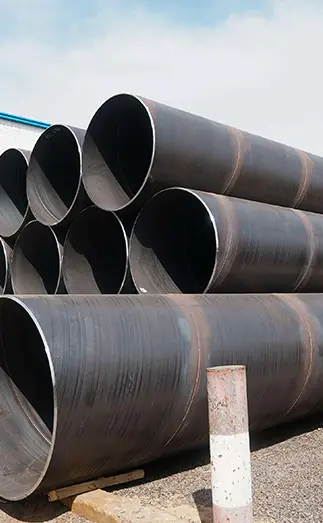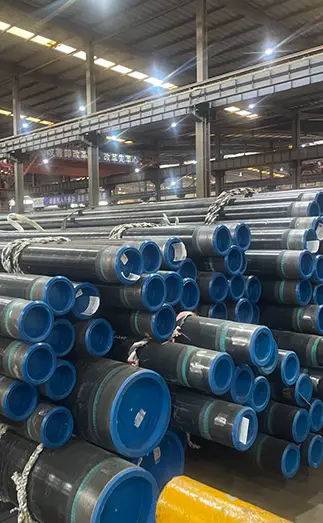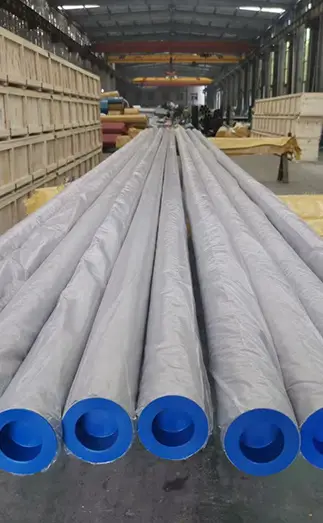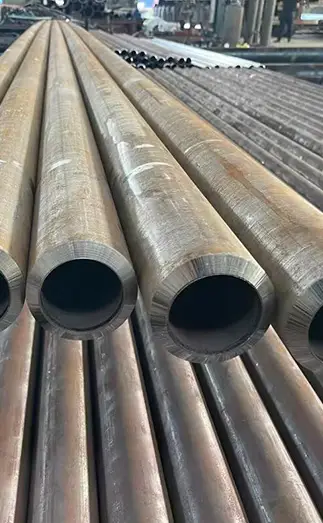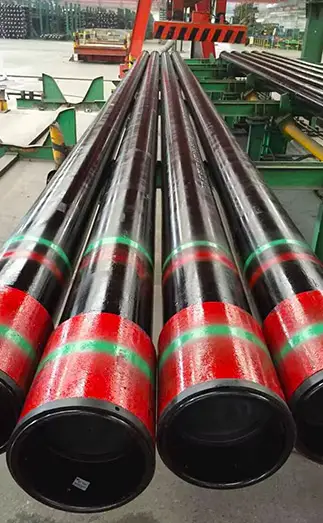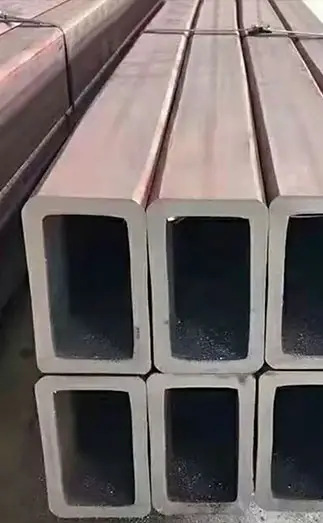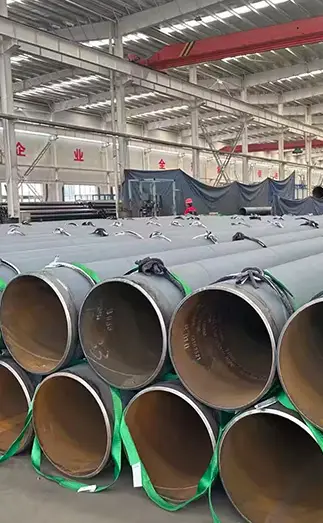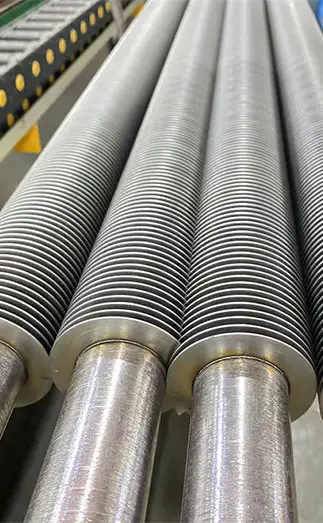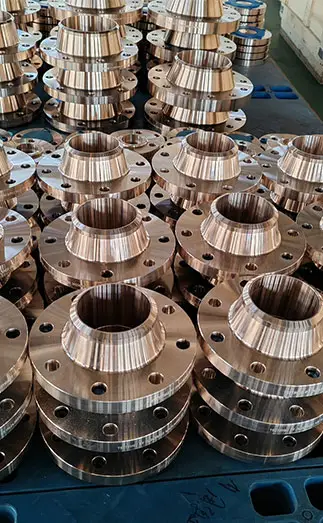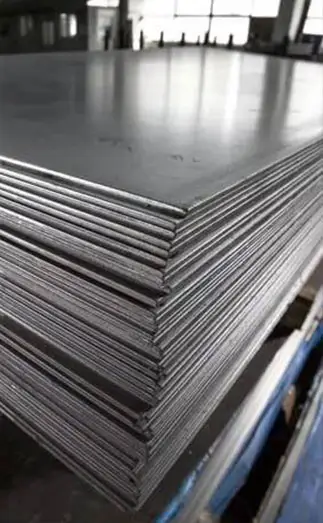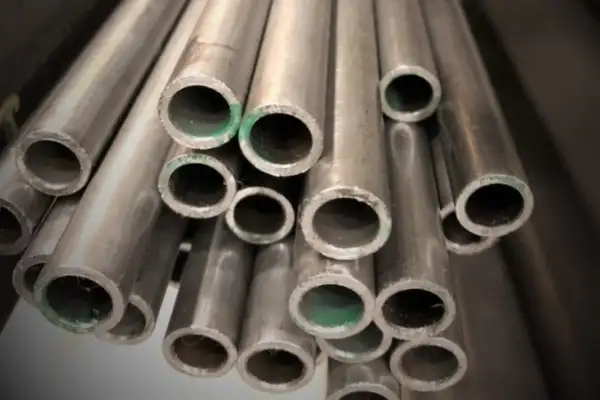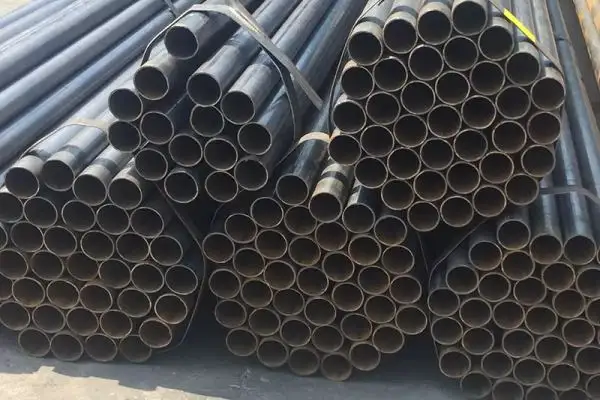Electric Resistance Welded (ERW) pipe is produced by welding steel strip or plate using resistance heat and pressure. It comes in common shapes such as round, square, and rectangular tubes. Owing to its efficiency and versatility, ERW pipe has become one of the most widely used steel pipe manufacturing methods. Below, we outline its key advantages and limitations.
Super Steel Manufacturing Co.,Ltd is professional steel pipe manufacturer, for more details, please contact:sales@super-steels.com
Benefits of Using ERW Pipe
1. High Efficiency and Cost-Effectiveness
Continuous Production: Coiled steel is continuously formed and welded, allowing very high production speeds.
Material Utilization: Compared to seamless pipe, ERW has less waste and better raw material efficiency.
Lower Energy Use: Only the weld edge is heated with high-frequency current, consuming far less energy than seamless production.
Cost Advantage: Typically 20–30% cheaper than seamless pipes of similar size, making it highly competitive for bulk orders.
2. Strong and Reliable Welds
Metallurgical Bonding: The molten edges are pressure-fused, forming a bond with properties similar to the parent metal.
High Weld Strength: Properly made welds can match or exceed base metal strength, with narrow weld zones and refined grain structures.
Smooth Inner Surface: Modern equipment removes internal burrs, ensuring no obstruction to fluid flow.
3. Dimensional Precision and Surface Quality
Accurate Tolerances: Produced from cold-rolled or hot-rolled strip, enabling uniform dimensions.
Superior Finish: Smooth, scale-free surfaces are ideal for applications where appearance or coating quality matters.
4. Flexible Production Range
Consistent Wall Thickness: Determined by strip thickness, resulting in uniformity across the pipe body.
Versatile Specifications: A single line can produce various diameters and wall thicknesses, from small furniture tubes to large structural piles.
Large-Diameter Thin-Wall Capability: More feasible with ERW than with seamless pipes.
5. Environmentally Friendly
Requires lower heating temperatures than seamless pipe production, leading to reduced energy use and carbon emissions—an advantage in green manufacturing.
Drawbacks of Using ERW Pipe
1. Risk of Weld Defects
Sensitive to welding parameters; poor control can lead to defects such as cracks or incomplete fusion.
Weld quality also depends on the cleanliness of the strip edges.
2. Lower Pressure Capacity than Seamless Pipe
Despite strong welds, the seam remains a potential weak point under extreme pressure, cyclic loading, or low-temperature shocks.
Seamless pipes are mandatory in critical applications like boilers, nuclear facilities, and high-pressure pipelines.
3. Variation in Weld Zone Properties
Heat-affected zones may show slight differences in grain structure and strength compared to the base metal.
The weld area can be more vulnerable to localized corrosion in certain environments.
4. Legacy Reputation Issues
Older low-frequency ERW pipes were prone to weld failures, leaving a negative industry impression. Although modern high-frequency ERW technology has resolved these problems, the stigma persists in some sectors.
Conclusion
ERW pipe provides high efficiency, low cost, and reliable strength for most industrial applications. It is ideal for construction, machinery, furniture, and automotive uses, where cost and volume are priorities but extreme pressure resistance is not.
In practice, ERW meets about 90% of industrial needs, while seamless pipes serve the most demanding 10%. Choosing between the two should depend on application requirements, safety standards, and budget—not on assumptions. For most common uses, ERW pipe remains the most economical and practical solution.



 English
English Español
Español Français
Français بالعربية
بالعربية